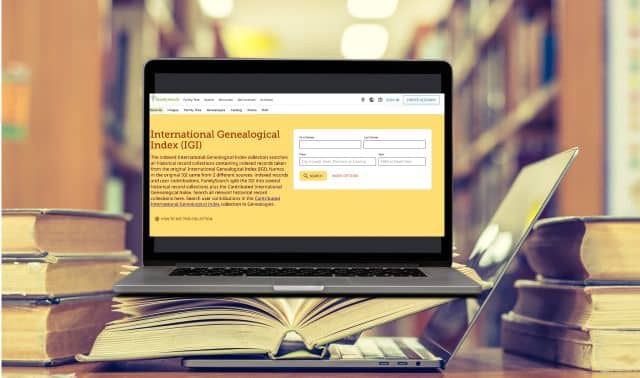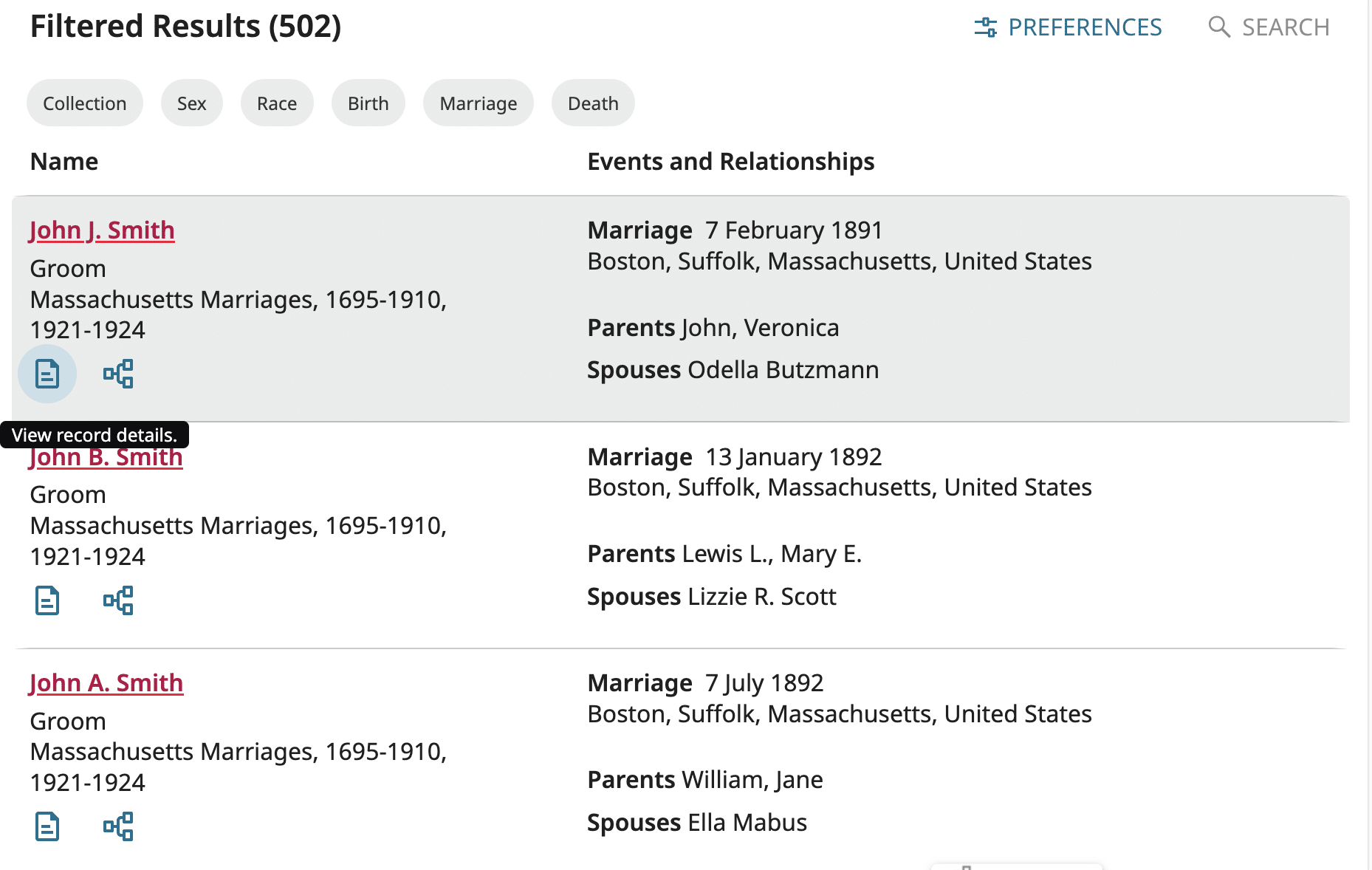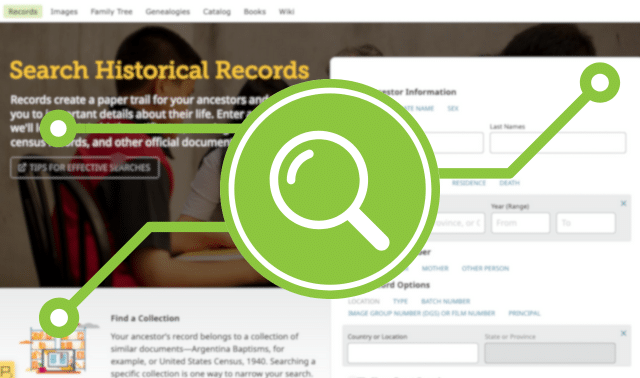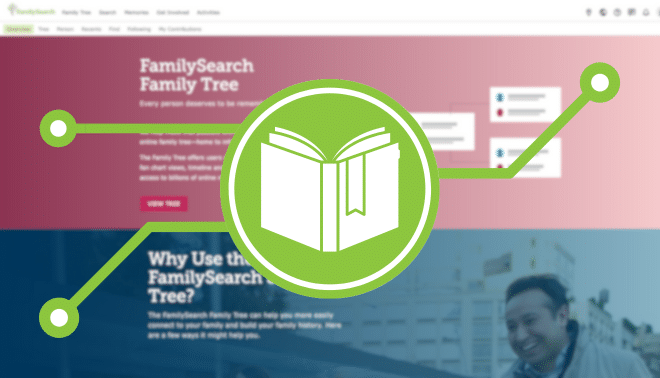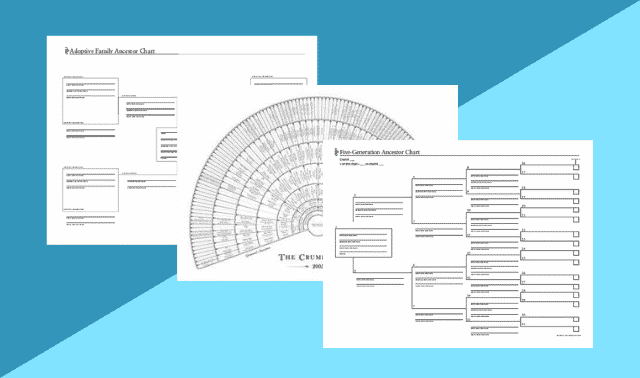Sign up for the Family Tree Newsletter! Plus, you’ll receive our 10 Essential Genealogy Research Forms PDF as a special thank you.
Get Your Free Genealogy Forms
"*" indicates required fields
Imagine a computer file bursting with genealogical knowledge. Such a file existed and was called the International Genealogical Index, or IGI, first created by The Church of Jesus Christ of the Latter-day Saints in 1973. The IGI lived for several decades, accumulating hundreds of millions of records along the way through 2008, until being officially retired in 2012.
But even though the IGI is no longer actively collecting entries, you can still search it and glean valuable information from it. Each entry of the index recorded a single event, which included:
- Birth
- Baptism or christening
- Marriage
- Death
Below, we explore in more detail what the IGI contains and how you can use it as you research your own family history.
How the Information in the International Genealogical Index Was Collected
There were two distinct methods for collecting information for the International Genealogical Index. The first type was indexed records. Index records were recorded directly from primary sources by members of the genealogy community, namely vital and church records. These entries account for roughly 460 million names in the index.
The other method of collection was contribution from members of the Church of Jesus Christ of the Latter-day Saints. Contributed records account for about 430 million entries. Naturally, because this information was reported directly from members and not from primary sources, its validity may not meet the same standards as indexed information. Some contributed entries may directly contradict indexed entries or be duplicated.
Today, both indexed and contributed entries of the International Genealogical Index are searchable via the FamilySearch website. In 2020, the collection was divided into Indexed Historical Records (Community Indexed IGI) and User Contributions (that is, data submitted by members of the church). Even though the Indexed collection may be hailed as more reliable, both collections may be worth exploring.
Accessing and Searching the International Genealogical Index
Originally, the IGI was available on microfiche. However, now you can easily search either the indexed records or user contributions right from your electronic device. Searching the IGI is fairly intuitive. For a basic search, it helps to know the name, birthdate and place of the person whom you seek.

However, there is an option to expand the search to add another family member (be that a parent, a spouse, or another associate) or a life event (such as birth, death, marriage or residence). You can also search records by specific batch numbers. More information on batch numbers can be found below.
Finding the Batch Number
A batch number can help you locate records that were indexed together. That, in turn, can lead to more discoveries about your ancestors. To find batch numbers on IGI search results, click on “view record details” on the entry you would like to view and then click on “Document information.” The batch number will fall under the category “Indexing Batch.” Clicking the number will lead you to list of other indexed names.
It is important to note that a batch number may vary from one record type to the next. FamilySearch offers a chart that lists and defines the letters you are likely to come across as you look at entry batch numbers.
General Tips for Research Using the International Genealogical Index
- Don’t overlook the list of entries under a batch number. As mentioned above, you can click on a batch number in an entry to see a full list of names indexed alongside the one you were looking for. In doing so, you might come across other relatives and documents that help you fill in the blanks in your research.
- Provide as many details in your search as possible. While a simple search of a name and a place may yield some results, you may find yourself getting results that don’t match what you’re looking for or that are simply irrelevant to you. Remember that the IGI search allows you to search for parents and spouses as well. In sum, the more information you provide, the more relevant your results may be.
- Verify user-contributed information. As mentioned above, the contributed entries can be incredibly illuminating for eager genealogical resources. They also risk being inaccurate. That’s not to say that you should avoid them altogether. If you find a piece of information that seems legitimate in your search, compare it against another record to verify its validity.
- Always view the original document if possible. Many of the entries you find in the IGI will provide a link to the original document. Take time to analyze that original document carefully. It may take time and require you to look through multiple images to find what you are looking for, but taking this step is an excellent way to verify information.

